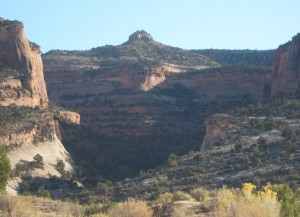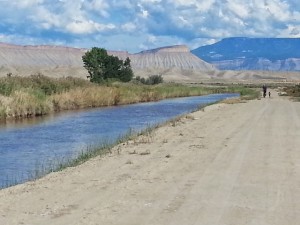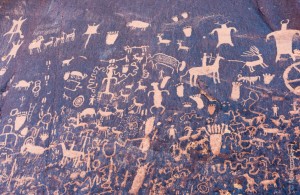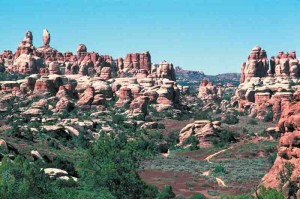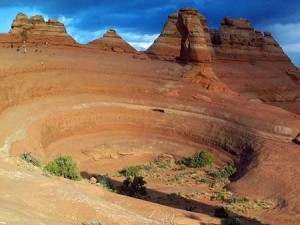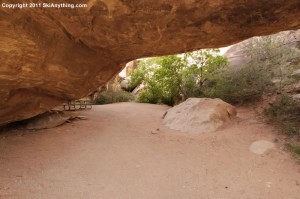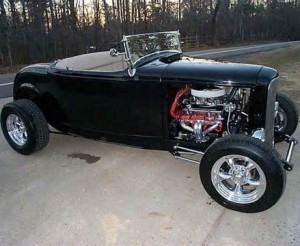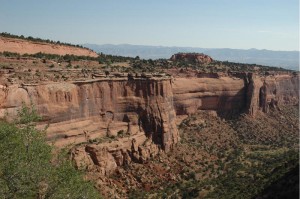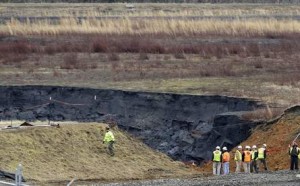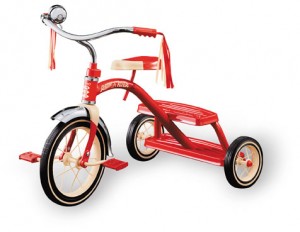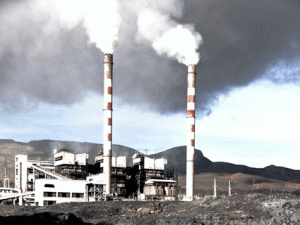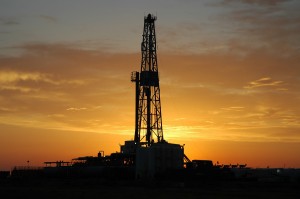It’s Not Easy Being Green
 I chose this title because Kermit and I are kindred spirits. I went through most of my life thinking I must be green or something because things just did not go as well for me as for others. An ADD diagnosis and treatment has made my life easier. Poor Kermit, however, is still green.
I chose this title because Kermit and I are kindred spirits. I went through most of my life thinking I must be green or something because things just did not go as well for me as for others. An ADD diagnosis and treatment has made my life easier. Poor Kermit, however, is still green.
I do try to be green in the other sense of the word. I am something of an environmentalist. I give money, feel self-righteous about environmental issues, write about issues, and live a typical American consumer life.
Note: the American consumer life is not very green. Two people, two cars. We are so committed to two cars we are replacing our one car garage (with no room for a car) with a big two car garage with room for two cars, three bicycles, workbench, emergency generator, power lawn mower, and all the tools.
You know the formula for the number of bicycles: n+1. N being the number of bicycles you currently have. That is the American consumer way. Spend to the end. When I was growing up in Fruita, I thought we were pretty well off. Car (even if it was a Nash), travel trailer, two week vacation and several weekend jaunts every year, a good TV, a remodeled kitchen, and all our needs met. The closets were not jammed with clothes, we didn’t get ten catalogs in the mail every week, the furniture and carpets were worn, and the garage had a dirt floor.
The consumer society was in operation in the decades after the war, but it has drastically accelerated in the last thirty years or so. I am sitting in Starbucks with my $4.00 cup of coffee looking at the Mercedes SUV’s parked side by side. The customers are served by well-educated Millennials glad to have a job in the service sector so they can pay their rent.
Most current middle class families are two income families struggling to support lifestyles centered on spending. Cars, computers, smartphones, iPads (I’m writing this on one), Italian granite countertops, 30 cubic foot refrigerators, Viking ranges, 52″ TV’s in several rooms, It goes on and on. This debt-ridden opulence is in contrast with the debt-ridden Millenials in the service sector and the millions trapped in poverty.
There is too much income disparity and entirely too much wasteful consumption. The consumption, fueled by all the demand created by sophisticated marketing, is socially and environmentally harmful. I look around, and I am part of the problem. As the Buddhists say I am trapped on the wheel of desire. The gasoline I burn in my 4×4 comes from Alberta tar sands. The cheap natural gas heating my home is produced by fracking. Most of our food is produced hundreds or thousands of miles away.
We try. We recycle, compost, use drip irrigation, have a small lawn, and a small house by current standards. We just upgraded our attic insulation to R50. We are adding LED light bulbs regularly. We have to avoid fluorescent bulbs as Carol is sensitive to the UV light they emit.
We are buying more organic produce and dairy products. We buy meat from grass fed livestock raised using sustainable methods, and it’s local. We are cooking more at home and when we do go out, we are picky about the restaurants we visit.
Are we green? Not so much. We are working at it, and we may someday be as green as Kermit.
